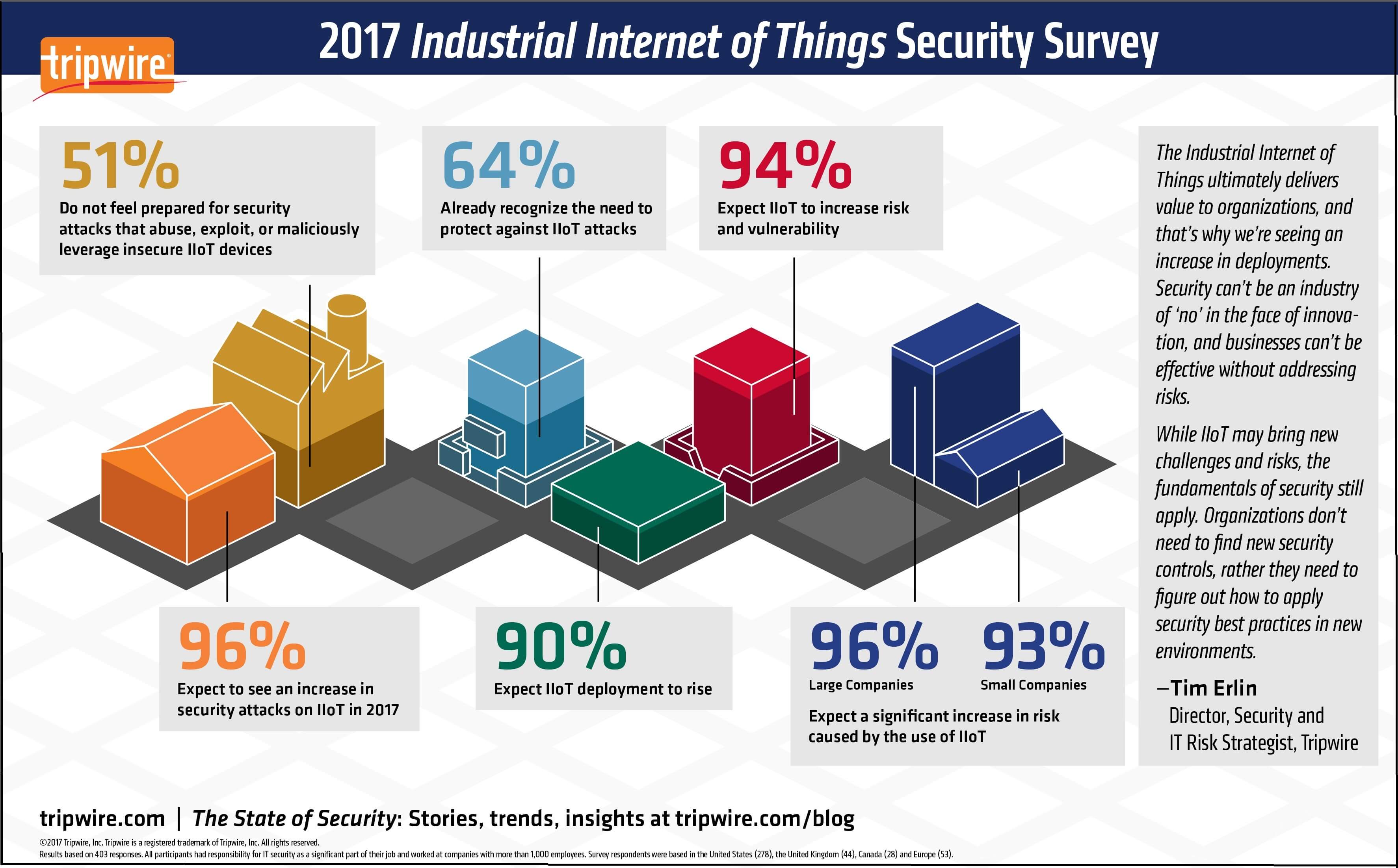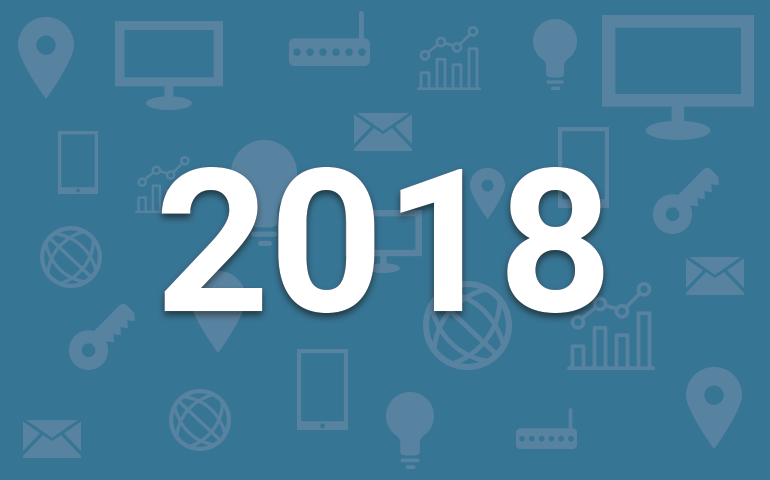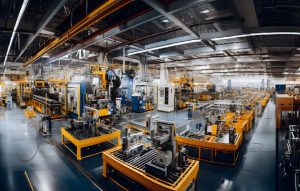By now, you might have heard a lot about the Internet of Things or IoT; after all, it has remained one of the most talked about technologies in 2017. It was definitely a busy year for the Internet of Things and it posed many exciting opportunities for today’s businesses. Thanks to the surge of smart wearable devices, advancements in connectivity and communication technology, the availability of low-cost smart sensors and equipment, and IoT platforms with multiple options to choose from, the Internet of Things has become part of the popular parlance.
If you take a look back over the last few years, IoT and its applications completely looked different than they do today. Smart IoT-based solutions promise to help SMEs and large enterprises to elevate capabilities, improve reliability, maximize efficiency, and help them use products and knowledge much more effectively. With IoT becoming more mature, it introduces new approaches, business models, and solutions, which is ultimately going to shape up coming days. As 2017 comes to a close, let’s see what’s in store for 2018.
Here are some predictions for IoT trends for 2018 as the Internet of Things moves from experimentation to business scale:
1. Increase in number of connected devices
This one is obvious. Right now, the IoT revolution has just begun, more and more number of devices are going to get smarter in 2018. It is predicted that by 2020, the world will have 50 billion connected devices. Connected devices and exchange of data is what IoT is all about, so in coming years, we will be surrounded by a variety of smart devices in our daily lives, such as smart stores, smart doors, and smart toothbrushes! All of these devices, when combined together can make the concept of smart cities come to life. As devices will become more interconnected, they are going to exchange and analyze collected/received data, allowing the users to make informed decisions.
2. Usage of mobile devices will keep getting bigger
We are always on the go, and to cope with our mobile lives, IoT devices will also need to remain mobile. Many of us are already using smartphones to manage smart devices, may it be at home or for business applications. Although using web-based interfaces is a great way to manage devices, mobile will become the de facto medium when it comes to managing “connected things”. The upsides and convenience that mobile provides include streamlining communication, providing increased visibility, and boosting customer engagement with the brand. Considering all of these benefits, in addition to the fact that the number of mobile devices in the world is growing at a rapid pace, it can be stated that mobile devices will have a massive role in the adoption of IoT in 2018.
3. Security will still remain a concern
Whenever we have talked about implementation of IoT in real life, it has always raised some security concerns. Once we decide to implement IoT, security challenges need to be addressed to prevent any sort of data breaches. As more and more number of devices gets connected and starts exchanging data to function, the system becomes more prone to cyber-attacks. According to Evans Data, 92% of IoT developers say that security will continue to be an issue in the future. The data and security vulnerability won’t be limited to smartphones anymore; it will be a concern for every device that is connected, starting from cars to baby monitors and surgical devices. All of our data that is generated in our surroundings will be at the risk of getting stolen or misused in the connected world, and we will have no place to hide.

Source: www.tripwire.com
4. Artificial intelligence and Big Data analytics will take center stage
As we move forward in 2018, the number of devices connected and the amount of data generated will get enormous. This is how big data comes into the picture. We will be working with big data – processing and analyzing it to get behavioral insights. To get better results with analytics, we can make use of artificial intelligence and machine learning, which will take into account the historical data and make accurate predictions that may come handy for predictive maintenance.
5. Proliferation of voice-based services
AI-based voice technology has been around for past few years, but 2017 was the year in which it spread like wildfire. A lot of tech giants including Apple, Google, and Amazon have brought their voice-based services to the mass market, and the proliferation of these services will continue in 2018. Virtual assistants such as Apple Siri, Amazon Alexa, Google Home, and Microsoft Cortana will continue to help people in day-to-day tasks using voice recognition, artificial intelligence, natural language processing, and machine learning technologies, making their everyday lives more convenient and connected.
6. Blending blockchain with IoT
As the IoT ecosystem will advance, it will pose some of the security threats, which may increase the risk of making the whole system vulnerable. This is when blockchain may come in handy. Blockchain makes use of advanced cryptographic processes to develop security procedures that offer decentralized control options. By using blockchain while implementing IoT for your business, you can utilize the real time data generated by IoT devices while preserving the privacy of the parties or devices involved in the data exchange. Even if a single smart device is compromised while using blockchain, it will be really difficult for it to affect other devices, making the whole ecosystem much more secure.
7. Edge analytics will power IoT devices
Edge analytics is about collecting and analyzing data right at the edge of the network that is either at a sensor, a network switch, or other IoT device. This is going to be a huge thing in 2018 as it allows IoT devices to be quicker and independent from the centralized data store. In addition to speeding up the analysis, edge computing also offers higher operational efficiency and scalability to the enterprises. The data is analyzed as soon as it is generated, thus decreasing latency in the decision-making process, placing it in the spotlight when it comes to IoT implementation.
8. Investments will reach its peak
According to IDC, by 2021, global IoT spending is expected to total nearly $1.4 trillion as organizations continue to invest in the hardware, software, services, and connectivity that enable the IoT. As stated in a study by Bsquare, 86% of industrial organizations are currently adopting IoT solutions and 84% believe those solutions are very or extremely effective. In addition, 95% believe that IoT has a significant or tremendous impact on their industry. As we will move forward in 2018, more and more enterprises will realize the value IoT brings to their business, thus increasing the overall investment in the technology in upcoming years.
What 2018 has in store for IoT
IoT has a huge potential and companies have already started adopting it in a number of ways to digitize business processes, monetize data, and generate new business models to stay ahead of the curve. It is never too late to jump on the IoT bandwagon and make the most of the opportunities that it poses. The emergence of smarter technologies is improving many aspects of our lives and we can see that IoT is growing into a multi-trillion dollar industry. Although data security and privacy were two of the biggest concerns, rigorous and more sophisticated protocols and communication standards make the adoption of IoT easier for enterprises. Do not hesitate to reach us out if you have an idea and want to receive a helpful consultation on your next steps.









